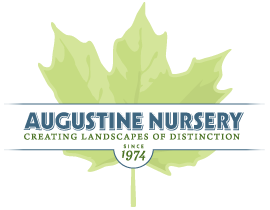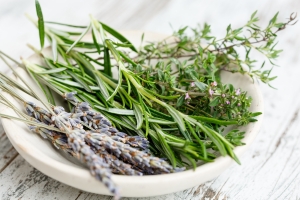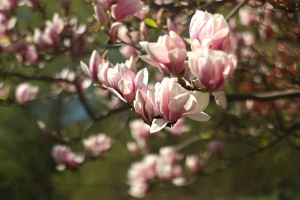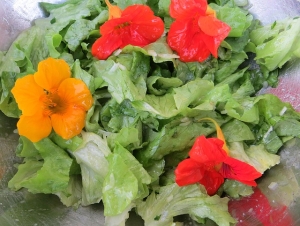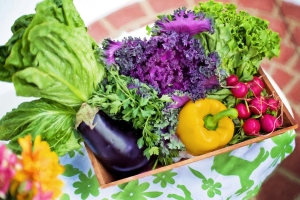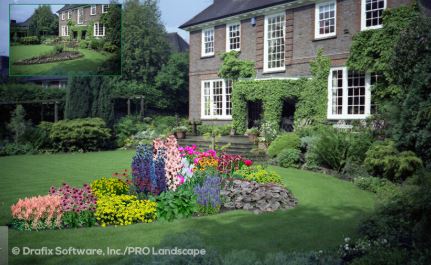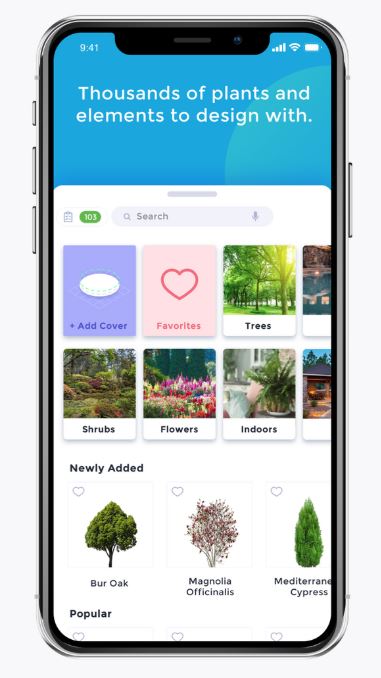Ron’s Best Landscaping Lessons for Vacation Homes & Rental Properties
So many people choose the Hudson Valley for their vacation home because of the beauty, recreation, and great food the region offers. And, it is because of this popularity that many are also able to earn income from renting their properties to weekenders. All of these homeowners have a common interest – keeping up their landscaping when they are not on premise to watch over their property.
Taking care of any landscape during times when no one is home for long periods of time or when those staying in the home have no stake in its equity can be demanding. The key to success begins with the choice of plantings. Here are some suggestions that are not only easy to maintain, but beautiful too:
Choose Native Plantings
Plants that are native to our region will require less water, fewer soil additives, and less maintenance to keep them looking their best. They also adapt better to the change in seasons.
- Fill in with Groundcover
There are many low-maintenance ground covers that never need mowing to look their best. In addition, ground covers retain moisture better and reduce weed growth. Many flower, as well. - Choose Grasses & Perennials Instead of Annuals
Perennials and grasses can withstand summer heat and drought better than annuals. And, they come back year-after-year so you don’t have to spend time planning your beds and planting each year. - Build low maintenance patios and walkways
A patio is a great solution for taking up a section of higher maintenance lawn while also giving your family or tenants an outdoor space to congregate, BBQ, and enjoy the outdoors. For a rental spaces or AirBnB, a patio will enhance the desirability of your property. Flagstone and pavers require less maintenance and will last longer than a material such as concrete that tends to crack over time. - Use Barrier Cloth for Weed Control
Laying down a barrier of fabric or biodegradable material will help keep weeds at bay. Cover it with a layer of mulch that will enhance the weed control and keep moisture in the soil.
Have questions? Call on Augustine to help you make the best decisions regarding your landscaping. We are here for you whether you just have a few questions or need us to plan and implement a low-maintenance landscape for you.
